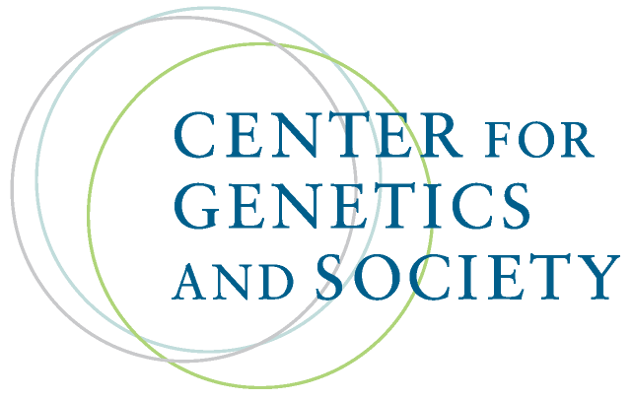After Setbacks in Harvesting Stem Cells, a New Approach Shows Promise
By Nicholas Wade,
New York Times
| 10. 05. 2011
Stem cell research has had many ups and downs, but a stream of setbacks had left researchers almost back at square one.
Now, researchers at the
New York Stem Cell Foundation Laboratory have developed a method that may help recover the lost ground.
Embryonic stem cells can generate all the tissues of the body. So if such cells could be developed from a patient’s adult cells, it might be possible to make replacement cells for any diseased tissue without fear of rejection.
At first, it seemed that embryonic stem cells could be made by implanting the nucleus of a patient’s adult cell into an unfertilized human egg, or oocyte, whose nucleus had been removed. Mysterious factors in the body of the egg instruct the adult cell how to lose its specialist nature and revert to the embryonic state, where all fates are open to it.
But the method is highly inefficient and would require tens or hundreds of oocytes for each patient. A major advance was made in 2007 when
Shinya Yamanaka found a way of avoiding all use of...
Related Articles
Riquet Mammoth Kakao (c.1920)
by Ludwig Hohlwein, Public Domain via Flickr
Colossal, the de-extinction company, scored headlines (1, 2, 3, 4, 5) recently by announcing that they had created mice! Not just any mice, not even colossal mice, but genetically engineered, normal-size “woolly mice” that are the result of editing seven genes in mouse embryos. This Colossal presented as an important step toward making a specimen of charismatic megafauna – a...
By Antonio Regalado, MIT Technology Review | 05.06.2024
It was a cool morning at the beef teaching unit in Gainesville, Florida, and cow number #307 was bucking in her metal cradle as the arm of a student perched on a stool disappeared into her cervix. The arm held...
By Gregory E. Kaebnick, STAT | 09.15.2023
Ian Wilmut, the British scientist behind the first-ever cloning of a mammal, died Sept. 10, leaving behind a twofold legacy. One part is groundbreaking science. Creating Dolly required a combination of genome manipulation and reproductive tools that helped launch what...
Poster for King of Clones (Netflix documentary) via Wikipedia
Back in the early years of this century, the most prominent rogue in biotech was a South Korean scientist named Hwang Woo-Suk. He became one of the best-known scientists in the world, and achieved rock-star status in Korea, when he reported his success using human cloning to create embryonic stem cells. Not long thereafter it was revealed that he had faked his results, triggering a new round of global headlines and...



